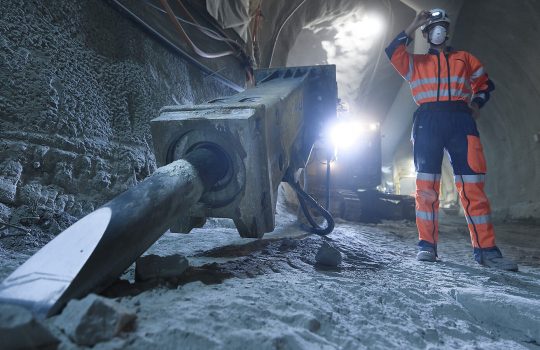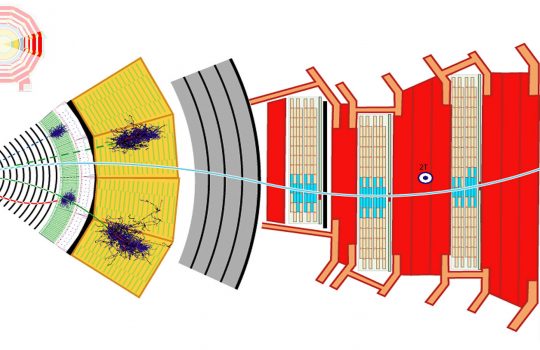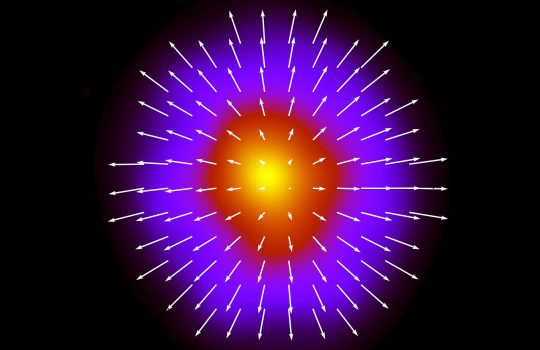What a blast!
From the Black Hills Pioneer, Sept. 2, 2021: Fermilab design manager for DUNE Joshua Willhet takes readers 4,850 feet underground to view and describe the excavation of the tunnels that will make way to the caverns of the LBNF for DUNE.




